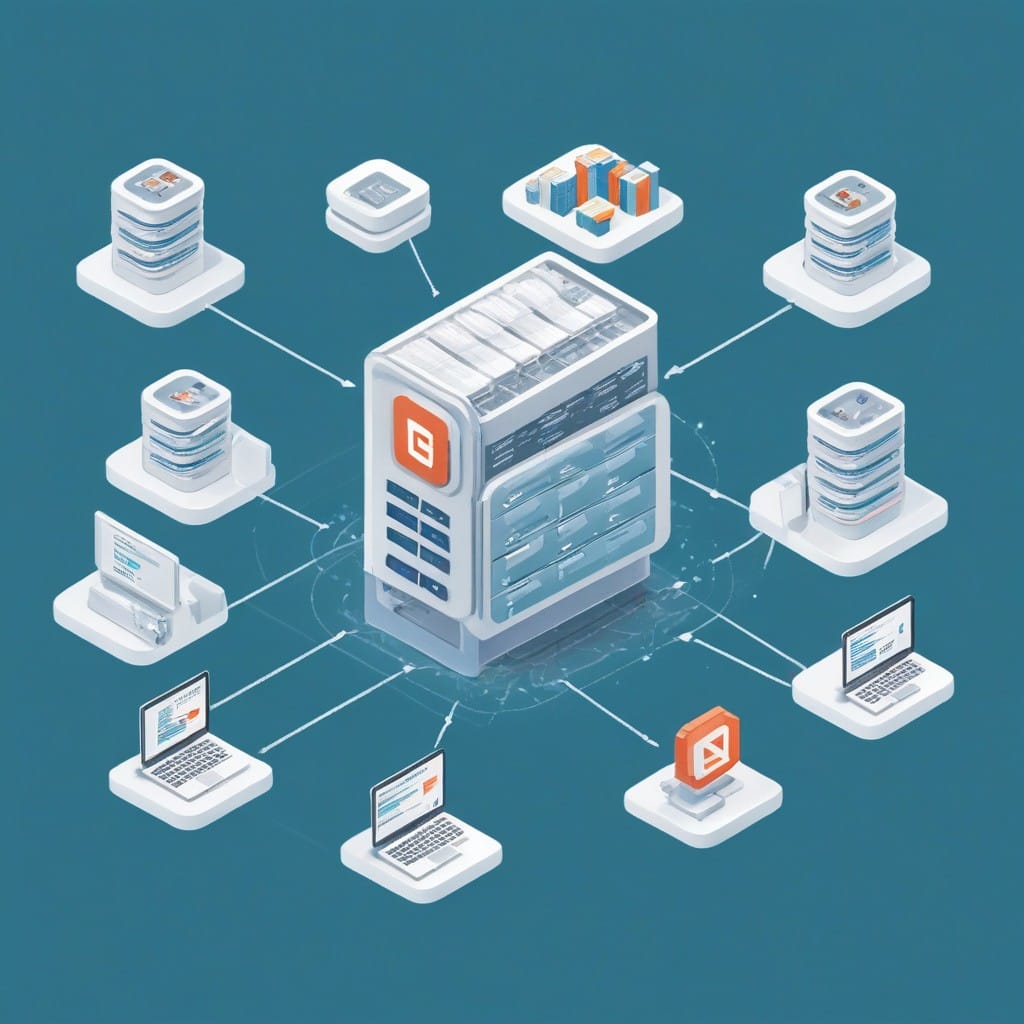n8n for Scalable Data Warehousing: Automating ETL Workflows with Low-Code

In today’s data-driven world, businesses rely on efficient data warehousing to store, process, and analyze vast amounts of information. Traditional Extract, Transform, Load (ETL) workflows often require extensive coding and maintenance, making them time-consuming and complex. Enter n8n, a powerful low-code automation platform that simplifies ETL processes while ensuring scalability.
In this blog post, we’ll explore how n8n can revolutionize your data warehousing strategy by automating ETL workflows with minimal coding.
Why n8n for ETL?
n8n is an open-source, low-code workflow automation tool that enables users to connect APIs, databases, and services without deep programming expertise. Its visual workflow builder allows teams to design, test, and deploy ETL pipelines quickly, reducing development time and operational overhead.
Key benefits of using n8n for ETL include:
- Low-Code Flexibility: Drag-and-drop nodes make it easy to build workflows without writing complex scripts.
- Scalability: Handle growing data volumes by integrating with cloud services and distributed systems.
- Cost-Efficiency: Open-source nature reduces licensing costs compared to proprietary ETL tools.
- Extensibility: Connect to databases (PostgreSQL, MySQL, BigQuery), APIs (REST, GraphQL), and cloud storage (S3, Google Cloud).
Building an ETL Pipeline with n8n
Let’s walk through a simple ETL workflow using n8n to extract data from an API, transform it, and load it into a data warehouse.
1. Extract Data from an API
Use n8n’s HTTP Request node to fetch data from a REST API (e.g., Salesforce, Shopify, or a custom endpoint). Configure authentication, query parameters, and pagination if needed.
2. Transform Data
Leverage n8n’s Function or Code nodes to clean, filter, or enrich the data. For example:
- Convert JSON fields into a structured format.
- Apply business logic (e.g., calculating metrics).
- Merge data from multiple sources.
3. Load into a Data Warehouse
Use database nodes (e.g., PostgreSQL, BigQuery) to insert or update records in your warehouse. Schedule the workflow to run at intervals for near-real-time updates.
Advanced Use Cases
Incremental Data Loading
Avoid reprocessing entire datasets by using n8n’s timestamp or ID-based filtering to fetch only new or updated records.
Error Handling & Monitoring
Implement error-catching nodes (e.g., IF conditions, retry logic) and send alerts via Slack or email if a step fails.
Orchestrating Multiple Workflows
Chain workflows together for complex pipelines, such as:
1. Extracting raw data → Staging in a temporary table → Transforming → Loading into a warehouse.
2. Triggering downstream processes (e.g., analytics or reporting).
Scaling with n8n
For enterprise-scale ETL, consider:
- Workflow Queues: Use n8n’s queue system to manage high-volume jobs.
- Serverless Deployment: Run n8n on Kubernetes or serverless platforms for auto-scaling.
- Hybrid Architectures: Combine n8n with tools like Apache Airflow for advanced scheduling.
Conclusion
n8n bridges the gap between manual coding and rigid ETL tools, offering a flexible, low-code solution for scalable data warehousing. By automating repetitive tasks, teams can focus on deriving insights rather than managing pipelines.
Whether you’re a startup or an enterprise, n8n’s open-source model and extensibility make it a compelling choice for modern data integration. Ready to streamline your ETL? Start building with n8n today!
Call to Action:
- Download n8n and explore its ETL capabilities.
- Check out n8n’s community workflows for inspiration.
- Need help? Join the n8n forum to connect with experts.



